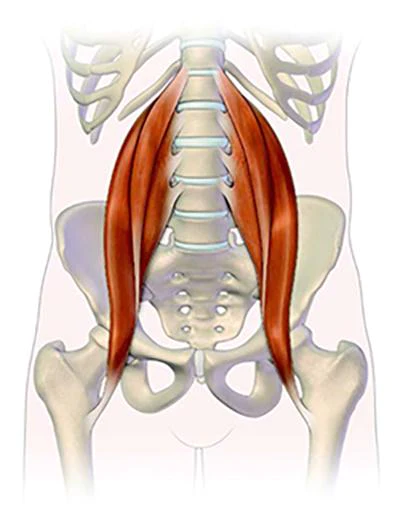Introduction
Psoas Syndrome is a condition that affects the Psoas muscle, a major muscle connecting the spine and the hip. Despite its significance, this muscle is often neglected in discussions about lower back pain and discomfort. In this article, we’ll explore the anatomy of the Psoas muscle, common causes of Psoas Syndrome, symptoms, diagnosis, and various treatment options.
Anatomy of the Psoas Muscle
The Psoas muscle, also known as the “muscle of the soul,” is a deep-seated muscle that connects the lumbar vertebrae to the femur. It plays a crucial role in hip flexion and has a direct impact on our posture. Understanding the anatomy of the Psoas muscle is essential in comprehending the complexities of Psoas Syndrome.
Common Causes of Psoas Syndrome
Sedentary lifestyles and overuse injuries are primary contributors to Psoas Syndrome. In today’s world, where prolonged sitting is common, the Psoas muscle can become tight and strained, leading to a range of issues, including lower back pain.
Symptoms of Psoas Syndrome
Individuals with Psoas Syndrome often experience lower back pain, hip and groin discomfort, and challenges in maintaining proper posture. Recognizing these symptoms is crucial for early intervention and effective management.
Diagnosis and Assessment
Healthcare professionals employ various diagnostic methods to identify Psoas Syndrome. A comprehensive assessment, including medical history and physical examinations, is essential for an accurate diagnosis.
Treatment Options
Physical therapy, targeted exercises, and stretching techniques form the cornerstone of Psoas Syndrome treatment. Medication and other interventions may also be recommended based on the severity of the condition.
Prevention Strategies
Preventing Psoas Syndrome involves adopting a healthy lifestyle, incorporating specific exercises, and being mindful of posture. Proactive measures can go a long way in averting this often-overlooked condition.
Psoas Syndrome in Athletes
Athletes, due to their rigorous training and physical demands, are particularly susceptible to Psoas Syndrome. Understanding the specific challenges faced by athletes and implementing preventive measures is crucial for their well-being.
Impact on Daily Life
Psoas Syndrome can significantly impact daily activities, from simple tasks to more complex movements. Learning how to cope with these challenges is essential for individuals dealing with this condition.
Frequently Asked Questions (FAQs)
Q1: What are the primary causes of Psoas Syndrome?
A1: Psoas Syndrome is often caused by a sedentary lifestyle, overuse injuries, and strain on the Psoas muscle due to poor posture.
Q2: How is Psoas Syndrome diagnosed?
A2: Diagnosis involves a comprehensive assessment, including medical history, physical examinations, and sometimes imaging tests.
Q3: Can Psoas Syndrome be prevented?
A3: Yes, adopting a healthy lifestyle, regular exercise, and mindful posture can significantly reduce the risk of Psoas Syndrome.
Q4: Are there specific exercises for Psoas health?
A4: Yes, targeted exercises and stretching techniques can help maintain the flexibility and strength of the Psoas muscle.
Q5: Is Psoas Syndrome common in older adults?
A5: Aging can impact the Psoas muscle, making older adults more susceptible to Psoas Syndrome. However, proactive measures can mitigate this risk.
Lifestyle Changes for Psoas Health
Incorporating ergonomic practices and Psoas-friendly activities into daily life can contribute to long-term Psoas health. Simple changes in how we sit, stand, and move can make a significant difference in
Preventing Psoas Syndrome.
Holistic Approaches to Psoas Wellness
Beyond traditional treatments, exploring alternative therapies and focusing on mental well-being can provide a holistic approach to managing Psoas Syndrome. Embracing a comprehensive wellness strategy ensures a more well-rounded and effective approach to Psoas health.
Psoas Syndrome and Aging
As we age, the Psoas muscle may naturally lose some flexibility and strength. Seniors can benefit from specific exercises and lifestyle adjustments to maintain optimal Psoas health and minimize the impact of aging on this crucial muscle.
Conclusion
In conclusion, recognizing the importance of understanding and addressing Psoas Syndrome is paramount for overall well-being. By proactively acknowledging the symptoms, adopting preventive measures, and exploring effective treatments, individuals can successfully manage Psoas Syndrome, paving the way for active and fulfilling lives. Prioritizing Psoas health becomes not just a choice but a cornerstone in the journey towards a healthier and more vibrant lifestyle. Embracing this holistic approach empowers individuals to overcome the challenges posed by Psoas Syndrome and enjoy sustained well-being.

